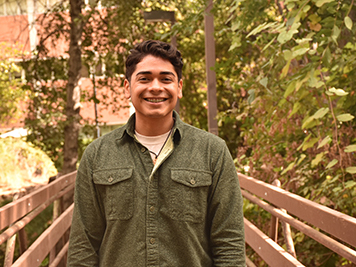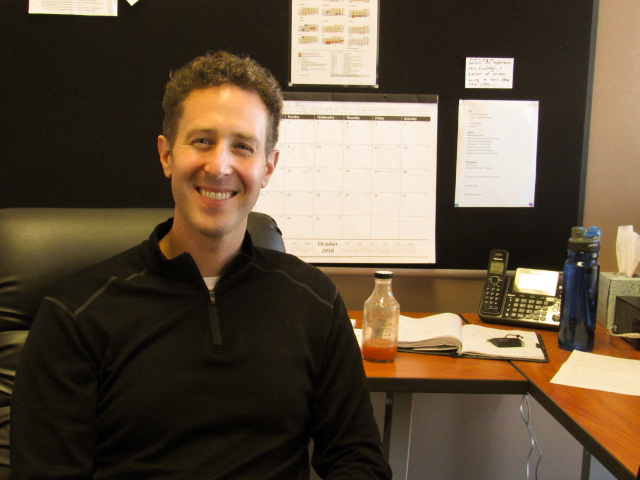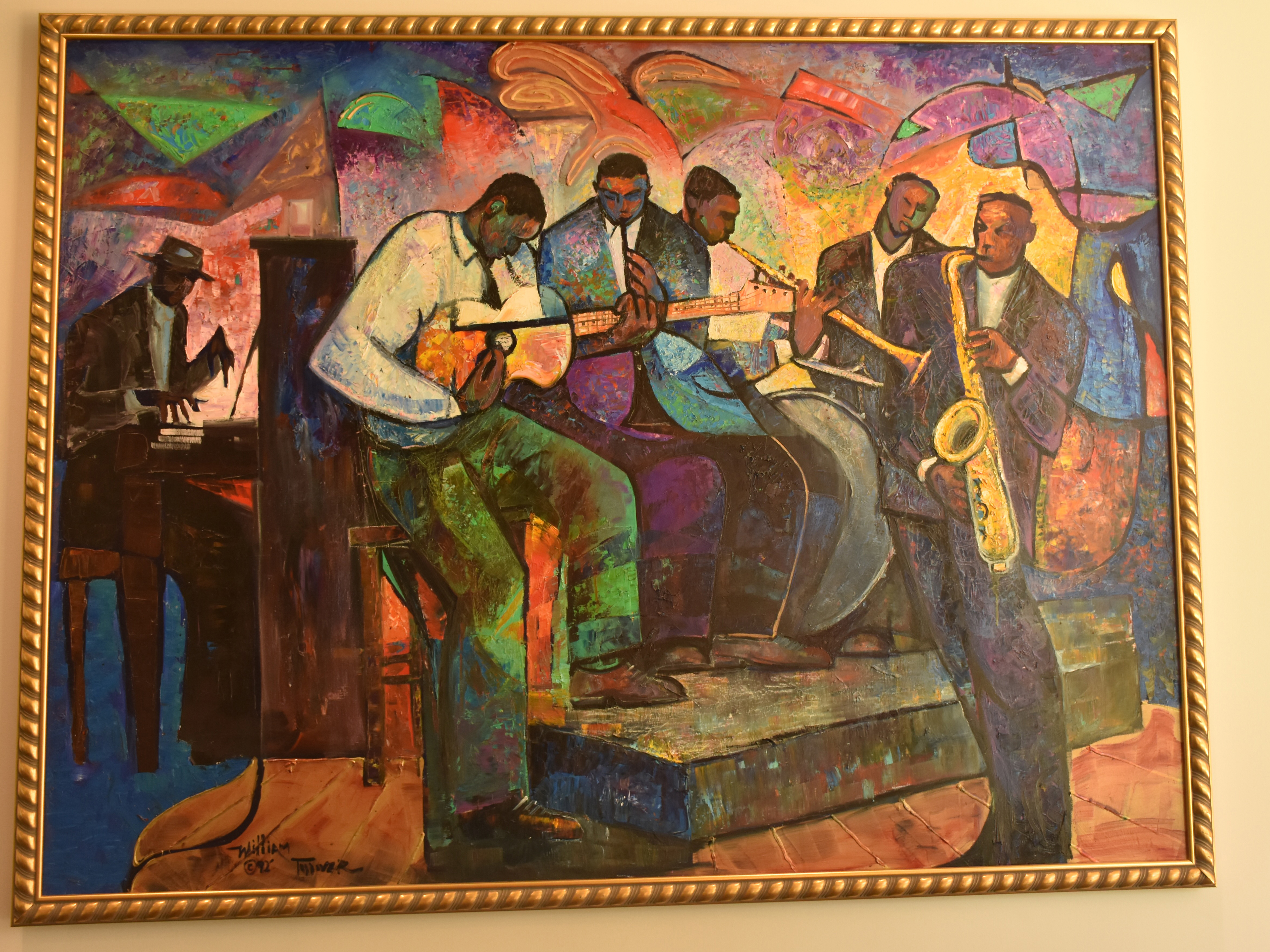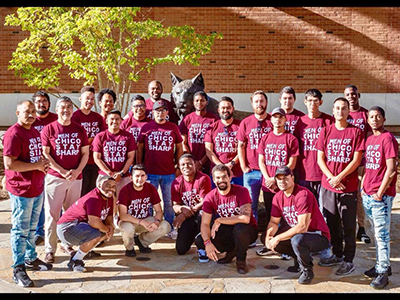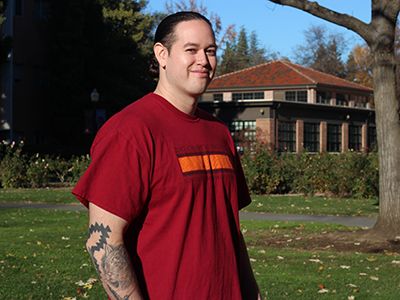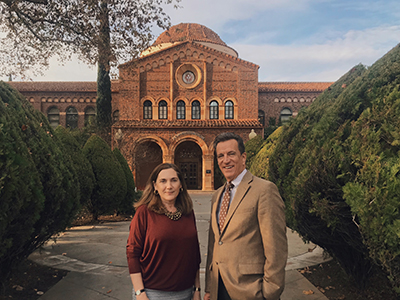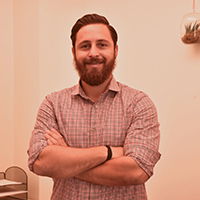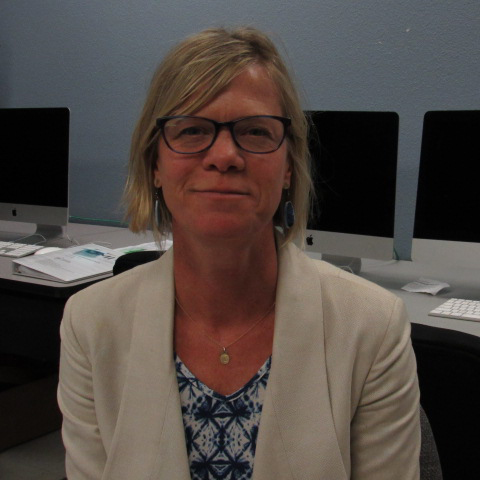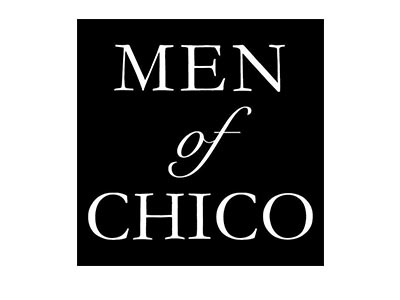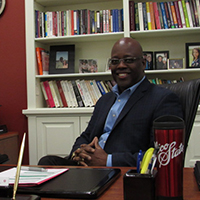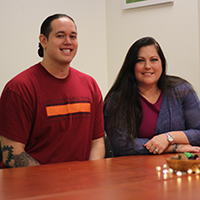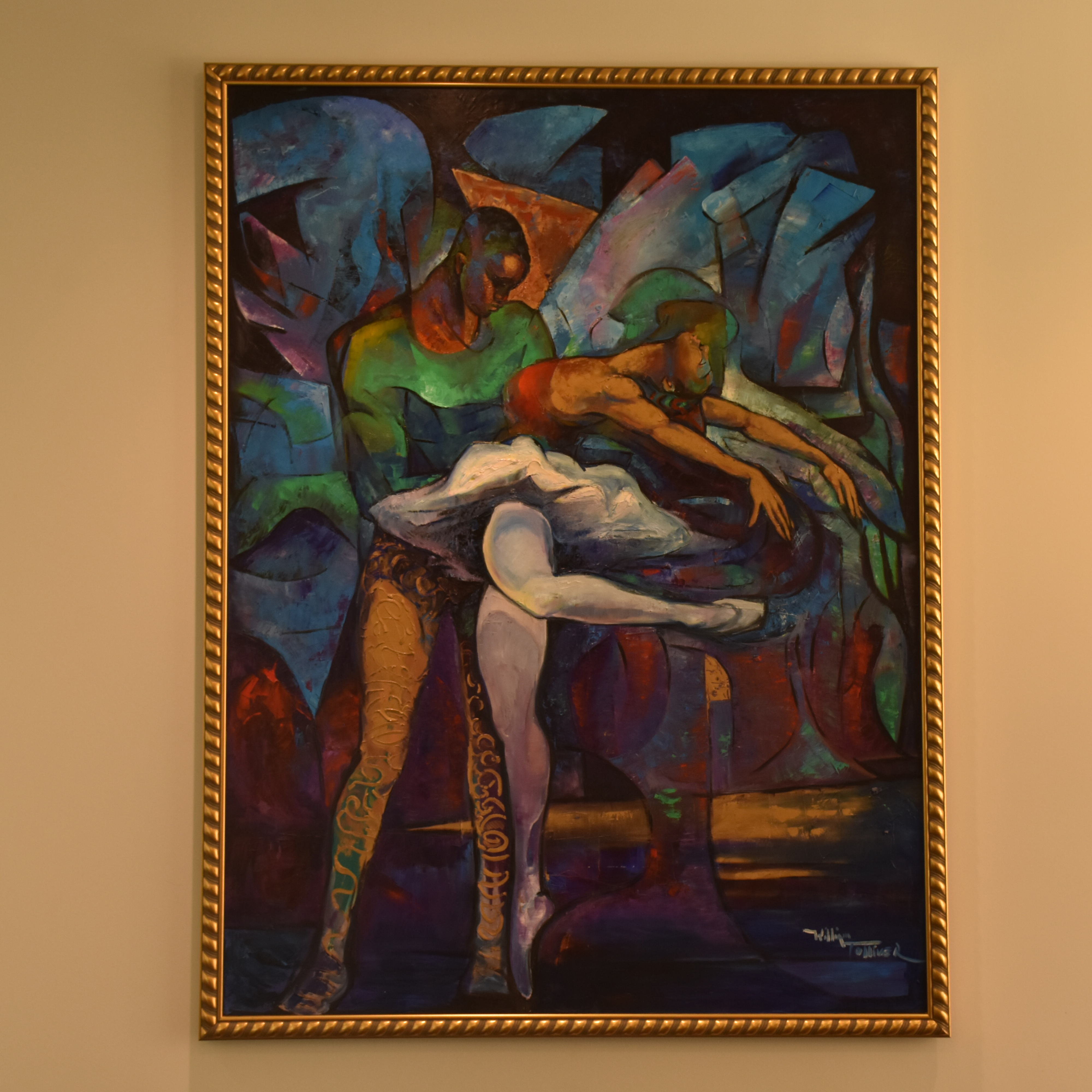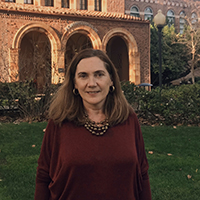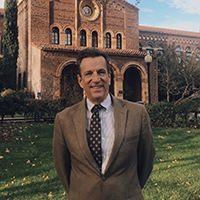Stories
Explore some of the ways CSU, Chico celebrates and advocates for diversity.
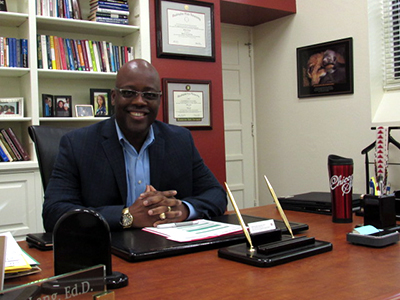
Get to Know Dr. Milton Lang, the New Chief Diversity Officer
The chief diversity officer oversees diversity and inclusion projects on campus
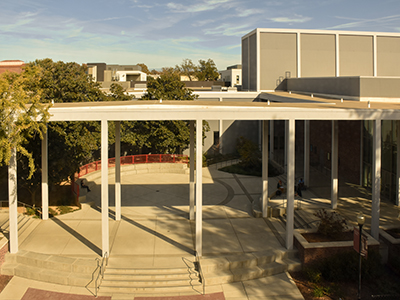
Honoring the Legacy of Harlen Adams
Founder of Department of Speech and Drama sets the stage for LGBTQ advocacy
Resources
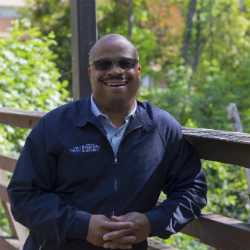
Please contact Tray Robinson with any questions or comments at trobinson@csuchico.edu. Also check out the Office of Diversity page.
Our Amazing Team
Check out the writers, editors and designers who worked behind the scenes.
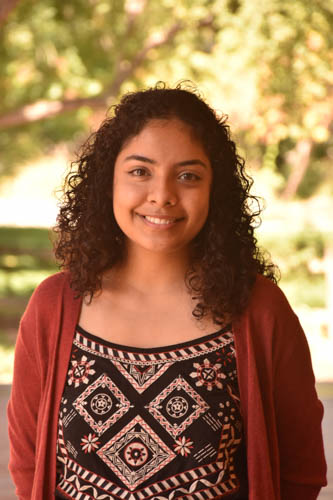
Katya Villegas
Account Executive
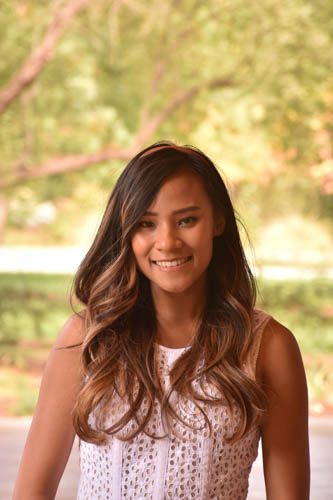
Kim Nguyen
Writer
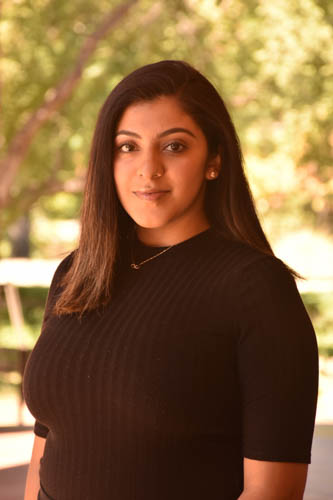
Grace Gonzalez
Writer
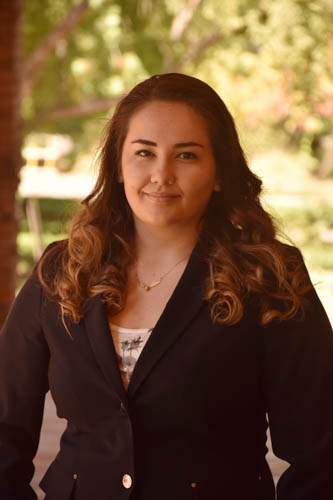
Lauren Gomez
Videographer
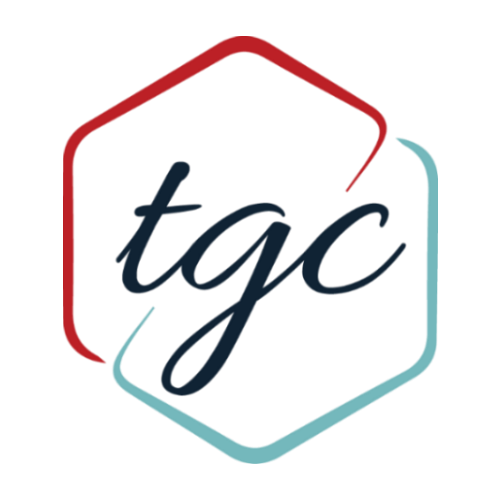
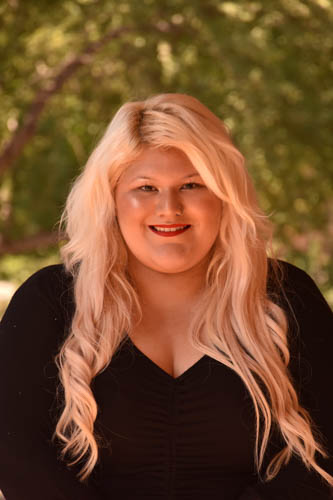
Jasmine Garcia
Photographer
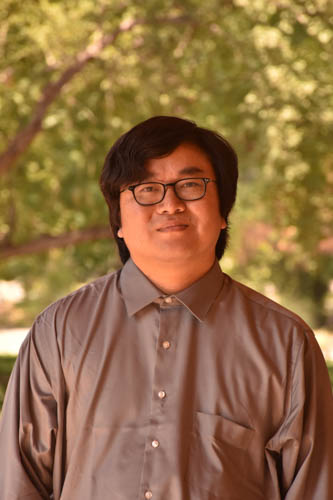
Martin Chang
Web Designer
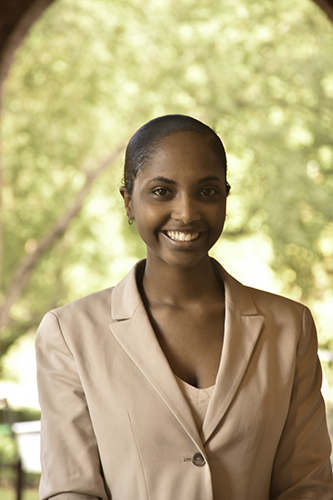
Niyat Teferi
Writer/ Social Media
Glimpse into the Life of First-Generation Students
By Kim Cuong Nguyen
The transition from high school to college is a challenging feat, but for first-generation students it can be even more daunting. The 1st Generation and Proud organization understands the struggles first-generation students face. Therefore, they make it their duty to help first-generation students navigate the tumultuous currents of college life by providing students with opportunities that will help them excel in college and future careers.
The organization was officially recognized in the spring of 2017, and since then has worked to give first-generation students better access to school resources and to build a strong community, according to Jesus Garcia, the organization’s president.
Garcia has first-hand knowledge of the struggles first-generation students face. He is a first-generation junior majoring in biology. He remembers the start of his academic career at Chico State was dotted with little questions and uncertainties.
“One of the biggest challenges I faced was asking for help and not knowing where to go to find such resources,” Garcia said.
The organization combats this dilemma by highlighting available resources to students and guiding them through the process of higher education, letting them know they are not alone.
“One of the biggest challenges I faced was asking for help and not knowing where to go to find such resources”
According to Pablo Soto, the organization and academic advisor and a member of 1st Generation Faculty and Staff Association, the issue of a lack of resource awareness is a common problem first-generation students experience.
“The biggest challenge is finding out things you need to know, but you don’t know that you need to know them,” said Soto.
Soto is not a stranger to the strife of first-generation students, he was one too. Soto explains that there is so much new and unknown information that first-generation students must learn. The process of gathering this knowledge takes time and can be overwhelming. The organization helps first-generation students tackle the steep-learning curve with ease, and triumph to success in academia and future careers.
Soto explains that the organization gives students opportunities to host first-generation events like registration workshops and socials as well as attend conferences to gather professional experience that will be useful. Students can sign up for these events during meetings. Down the line, the organization hopes to provide a mentorship program where first-generation students are paired with a faculty or staff member, who will then give them guidance in their academic journey at Chico State.
The organization is open to all students, not just first-generation students. If you have questions about resources or want to help the organization execute events, then you can get involved by emailing Pablo Soto or following the organization’s Wildcat Sync, Facebook, Instagram and Twitter
The college journey does not need to be riddled with the unknown. College is a chance for discovery. You can discover answers, community and success. All you need to do is reach out to the 1st Generation and Proud organization to have your questions answered.
“I love that my sons are going to be close to their aunties and uncles and grandparents,” Douglas said. “It will be great to be around friends that I’ve known for over thirty years.”
Fall 2018
Inclusive Pedagogy: A New Way to Learn
By Kim Cuong Nguyen
A classroom is more than wooden tables, white boards and projectors. A classroom is filled with various students who have different learning preferences. A classroom is a space for teachers to help enrich every student’s progress in their education. Inclusive pedagogy is a technique that bolsters this nurturing atmosphere vital to students. Many teachers at Chico State are making strides in adopting this teaching method.
Inclusive pedagogy is a teaching practice where instructors foster an atmosphere of support to increase student learning and understanding by being more accommodating to all students. According to Angela Trethewey, dean of the College of Communication and Education, Chico State supports inclusive pedagogy because it enriches student learning and increases classroom participation.
“Inclusive teaching is good for all students,” Trethewey said. “A commitment to inclusion is a commitment to improvement.”
According to Maris Thompson, associate professor of education, inclusive pedagogy encourages teachers to be self-reflective in their teaching method, which will better serve the needs of students. Inclusive pedagogy advocates for teachers to enforce an engaging curriculum that is relatable to all students. Thompson believes that an active and hands-on course will encourage students to provide suggestions and ideas to the curriculum.
“Inclusive pedagogy acknowledges that our identities as students, as teachers, have a role to play in the learning experience.”
“Inclusive pedagogy acknowledges that our identities as students, as teachers, have a role to play in the learning experience,” said Thompson.
Chico State is promoting this method through the Tipping Point Student Success event on January 17. The day-long event shares student accomplishments and educational strategies that strengthened students’ path to success.
“We are looking for ways to elevate innovative, inclusive and engaging teaching,” Trethewey said.
According to Joshua Trout, faculty development director at Chico State, there was an eight-day intensive course at Chico State during the summer. About 20 faculty members attended the summer session that covered a broad range of topics related to academic enrichment, some of which consisted of inclusive pedagogy. Some of the topics the workshop reviewed were about facilitating challenging in-class conversations, adjusting course materials to accommodate all students and focusing on different teaching techniques to get students engaged in learning. Trethewey was a participant in the summer session where she conducted a presentation on academic strategies.
When Trout was asked why he helped develop the summer program, he said, “Exclusivity is detrimental to learning… The idea of diversity is about bringing a lot of ideas to the table and we can thrive from a mixture of ideas. If we are homogenous, then we won’t be successful … and setting students up for success is our obligation.”
Although Chico State is already ranked one of the top institutions that help students increase in social mobility, Chico State will continue to better equip students with skills and vital knowledge. Inclusive pedagogy is one method Chico State is focusing on to enrich student academic performance and prepare them for the future.
“We are interested in always growing. I don’t want to think of our institution as stagnant in any way. We are a really transformative institution,” said Trethewey. “I want us to continue to elevate that.”
Fall 2018
Getting to know the Men of Chico
By Niyat Teferi
Diversity and inclusion help students feel welcome on a college campus. Here at CSU Chico, we’re very lucky to have a group of individuals committed to making a difference in the lives of minorities. One special program aims to keep male students of color on the road to success and has taken extraordinary steps to achieve this.
“Men of Chico was created to help male students of color to the necessary resources on campus,” said Martin Morales, member of the program. “It’s a really good program because it helps us feel a sense of belonging.” During the fall, Men of Chico is focused on outreach, attending events and getting to know other men of color. Next spring, the organization plans to have a one-unit course designed to teach students professionalism, budgeting, improving resumes, job and academic etiquette, and more.
Men of Chico has participated in a variety of activities in the last few weeks. On Oct. 1, the men partook in National Public Lands Day. They provided manual labor and helped the environment.
Along with outdoor activities, the men of the program have discussions, workshops, presentations, mentorships and resource connections. “I got into Men of Chico last year as a freshman because I wanted to be more involved and have a place to fit in,” said Samuel Haynes, a second year student and member. “Some of the things that I picked up while in the program are academic policies, how to succeed in a job interview and staying on track for graduation,” he said.
The program has been in development for three years and has been officially active for about a year now. Although it is relatively new, Men of Chico strives to expand this school and in the future.
Malcolm McLemore, the current coordinator of Men of Chico and a staff member at Student Life Leadership, explains his role. “I help put on the programs and collaborate with different departments to bring faculty and staff to participants within the program,” McLemore said. “It’s very crucial because we look into incorporating the best practices for these men during and after college,” he said.
Malcolm McLemore, the current coordinator of Men of Chico and a staff member at Student Life Leadership, explains his role. “I help put on the programs and collaborate with different departments to bring faculty and staff to participants within the program,” McLemore said. “It’s very crucial because we look into incorporating the best practices for these men during and after college,” he said.
“I was collaborating with a first generation student. We have worked together to get that really unique perspective on what it means to be a first generation person in a new college campus environment,” Baldivia said.
McLemore was determined to take action. He looked at current research trends and a number of institutions who implemented programs like these. A year later, Men of Chico is standing tall and strong. The men have done a wide array of social events, community service and academic related activities.
“Being that we’re only a year old, we want to make sure that the future students who will attend Chico State and those are already here will get involved,” McLemore said. The best way to be a part of Men of Chico is to join via WildCat Sync search “Men of Chico” and pay attention to the emails sent. Expect more to come from Men of Chico and be on the lookout for them.
Fall 2018
Get to Know Dr. Milton Lang, the New Chief Diversity Officer
By Kim Cuong Nguyen
Chico State appointed Dr. Milton Lang as chief diversity officer, a new, permanent position. The chief diversity officer oversees diversity and inclusion projects on campus.
“We as a university own the role of enhancing and moving towards a way where everyone feels empowered and feels like they have a voice,” said Lang. His position as chief diversity officer works in making this goal a reality.
“My position makes sure that diversity and inclusion is at the highest level,” said Lang, who wants to ensure that diversity is a core value at Chico State.
When asked about the duties of the chief diversity officer and how he will enhance diversity on campus, Lang explain that he will focus on increasing diversity and improving the climate on campus between faculty and students.
“We as a university own the role of enhancing and moving towards a way where everyone feels empowered and feels like they have a voice.”
Lang wants to help the community foster diversity and inclusion, and to do so, he plans on creating positive conversations with deans, students and staff. He believes listening to the community will help him better understand the needs of the campus. Lang wants to work together with the Chico State community to create curriculums that align with student needs. Lang looks forward to reaching out to deans, department chairs and faculty to accomplish this goal.
“We have incredible faculty, alums and students who value diversity,” said Lang. He is working on creating a student council committee composed of students with diverse backgrounds. The committee will give students a voice. They will focus on concerns and make recommendations to improve the student climate on campus.
Lang is a passionate individual who has dedicated a lot of time to enriching diversity on campuses. Before Lang started his journey at Chico State, he worked at Washington State University and UC Davis. When he was at Washington State University, he created an outreach program called Future Teachers of Color to introduce minority students to the teaching profession. The program was so successful that it led to a program called Future Cougars of Color, which was used to recruit low-income students, first-generation students and students of color.
Lang also helped with diversity work at UC Davis. He helped students of color and retention centers at UC Davis by introducing diversity programs. To this day, the programs Lang introduced are prospering in UC Davis. Lang says that his past experiences in higher education will help him as the chief diversity officer at Chico State, which is Lang’s alma mater.
When Lang was asked what the campus should expect regarding diversity, Lang explained that there will be a comprehensive diversity plan.
“They should expect to have a voice…” said Lang, “I will do the best that I can to provide the Chico State community with a voice that will allow us to move forward.”
Fall 2018
Building on Mechoopda Land
By Grace Gonzalez
Over the years, Chico State has become a home for thousands of students. However, before it became the school it is today, this land belonged to the Mechoopda Indian Tribe.
A new MOU outlines Chico State’s new commitment to improve communication and relations with the Mechoopda Indian Tribe.
When walking through different parts of campus, it’s important to recognize the history and significance that this land holds for the Mechoopda Indian Tribe.
Francisco Medrano, an American Indian student at Chico State and member of the on-campus American Indian Club, leads tours around the campus to inform others about the history this land. Medrano is Maidu, not Mechoopda, but he works closely with He-lo Ramirez, who is president of the American Indian Club.
“My role is to bring a cultural aspect by teaching students some of the lost history of the tribe, either through some of the games, songs and even some of the history that they don’t really know about,” Medrano said. “My role is to be a cultural leader and bring tradition back to life.”
President Gayle Hutchinson has also worked on increasing recognition that our campus sits on Mechoopda land. One way she has done that is through renewing the Memorandum of Understanding, an agreement between Chico State and the Mechoopda tribe.
As our campus continues to expand and provide improved spaces for students, President Hutchinson also wants to continue bridging a gap with the Mechoopda Indian Tribe.
On September 19, 2018, Chico State and the Mechoopda Indian Tribe signed a renewed Memorandum of Understanding.
“Memorandum of Understanding is an agreement between the Mechoopda Indian Tribe and Chico State to work together,” said Rachel McBride-Praetorious, director of tribal relations. “It lays out parameters on how the two entities will collaborate and work together on different projects considering that Chico State is built on Mechoopda’s land.
Unlike the agreements signed before, this renewed agreement defines activity and disturbance of the ground projects take place in and allows more open communication between the Mechoopda Indian Tribe and Chico State to ensure that the land is taken care of but also that their ancestors are taken care of like McBride said. The MOU also sets guidelines and procedures for work on the land to be done the right way.
President Hutchinson has expressed that this MOU will hold a greater commitment in helping both parties collaborate on different projects and that it will continue to be revised every three years or so.
“If Chico is supporting Mechoopda, Mechoopda wants to support Chico,” said Medrano. “It’s definitely a positive thing.”
Fall 2018
The Power of African American Art
By Kim Cuong Nguyen
Chico State received four William Tolliver paintings in May. Tolliver is a contemporary African American painter from Mississippi who taught himself art. His works capture moments that depict African American life and culture. The paintings that were donated to Chico State were titled: “Pas de Deux,” “Big Band,” “House on Pearl Street” and “Jazz Reflections.”
According to Interim Dean of the College of Humanities and Fine Arts, Dr. Tracy Butts, the paintings were donated by distinguished Chico State alumni, Glen Toney and his wife Virginia Toney. The Toneys used to live in Chico and they have been avid collectors of William Tolliver’s art work. As a symbol of appreciation for the Toney’s philanthropic donation, Chico State held a reception to thank the Toneys.
According to Interim Dean of the College of Humanities and Fine Arts, Dr. Tracy Butts, the paintings were donated by distinguished Chico State alumni, Glen Toney and his wife Virginia Toney. The Toneys used to live in Chico and they have been avid collectors of William Tolliver’s art work. As a symbol of appreciation for the Toney’s philanthropic donation, Chico State held a reception to thank the Toneys.
“The Toneys wanted to leave a legacy here. They wanted to have something here on campus that reflects their values and their interest,” said Daria Booth, advancement director of the College of Humanities and Fine Arts, “… to give this gift for others to enjoy and use.”
Tolliver is a modernist painter who crafted works with a myriad of techniques and styles. He did not confine himself to one medium. He was skilled in a variety of techniques such as acrylic, oil and watercolor.
“I think the paintings bring a kind of color to this building, but not just in terms of the literal color of the pictures but … a figurative sense of color where you are walking into a space in which we have this art by an African American artist depicting scenes of black life and black culture that also adds another dimension of color,” Dr. Tracy Butts said, “particularly in a building that has a lot of white walls.”
“Pas de Deux” is an acrylic piece that shows two African American dancers performing ballet in unison. The piece consists of a variety of blues, but the ballet dancers are in warm, gold tones. “Big Band” is also an acrylic piece with vibrant colors.
The focus on the “Big Band” painting is African American musicians performing a show. The background was mainly blue tones and the musicians were multicolored.
“House on Pearl Street” also has the theme of cold colored settings but warm-toned subjects. The contrast of pigments in these pieces highlights the subjects and makes the works more pronounced. When looking at these pieces with the gold frame encasing the artwork, contrasted against the white walls, there is a sensation of nostalgia and warmth, since these paintings were remnants of the past. “Jazz Reflections” is a fine print copy of the original painting.
These paintings are more than just large strokes of paint. They depict African American culture. They bring diversity and colors to the white walls and make the Arts and Humanities building feel more like an arts building.
“We hope the paintings inspire students, not just art students, but anybody who walks the halls and sees them,” Booth said. “These are African American figures and culture that I feel will make people feel comfortable and aware that this is a place that champions and appreciates the arts and these art forms … to have diverse art that reflects the students who are here.”
The paintings are located on the second floor of the Arts and Humanities building by the stairwell and elevator. The works are a permanent addition to the campus for the Chico community to enjoy.
Fall 2018
Honoring the Legacy of Harlen Adams
By Grace Gonzalez
PAC 144 has been a place of inspiration for students and members of the Chico community. It’s most formally known as the Harlen M. Adams theatre.
Much like the Adams theatre, there are many buildings around Chico State named after people who made an impact in our school. However, the stories and legacy of these influential people get lost.
Harlen M. Adams was a professor at Chico State and during his time here he founded the department of speech and drama. Adams was also an amazing actor for campus productions as well.
Adams served Chico State in many ways. He was a facilities planner, Dean of Education, Dean of Instruction, and Executive Dean.
Adams wrote a text based on the technique he used for teaching “listening” comprehension— which means teaching the different processes that involve understanding spoken language whether through recognizing speech sounds, or understanding individual words, etc.— while at Chico State. This technique was later used by the military during WWII.
Adams was involved in community service, one of the most notable, was his work with the LGBTQ+ community. Adams and his wife, Lois Adams, were parents to a son who was gay. Adams and his wife later founded the Parents, Families, and Friends of Lesbians and Gays chapter in Chico, also known as PFLAG.
Adams advocated for the LGBTQ+ community to provide an open space for everyone that has a relationship with the LGBTQ+ community to discuss and support each other.
Stonewall Alliance Center continues to host PFLAG meetings and other support groups, and also commemorated Adams by naming their library after him.
Jane Shurmer, Shurmer Gymnasium
For instance, Shurmer Gymnasium was named after Jane Wells Shurmer. Shurmer Gym was originally built for men’s athletics while women continued to use the old gym. Jane Shurmer developed many women’s athletics at Chico State such as field hockey, swimming, basketball and softball.
In 1963, Art Acker continued to expand the gym and made it co-ed. In 1967, the gym was named after Jane Shurmer in an effort to acknowledge the lasting impact Shurmer left on Chico State athletics.
Glenn Kendall, Kendall Hall
Another building named after an influential figure, and one of the most famous on our campus, is Kendall Hall. Kendall Hall was named after Dr. Glenn E. Kendall who was actually University President from 1950-1966. As a professor and school administrator, he expanded the academic fields from 32 to 70 by the time he retired. He was a supporter of professional education for nurses and advocated for the growth of teacher training programs. Dr. Kendall is responsible for the expansion of campus programs in nursing, engineering, and agriculture.
It’s important to recognize the leaders in our school have who contributed to the campus that we recognize today. Without their contributions, Chico State wouldn’t be the notable school it is.
Fall 2018
Red and Blue Line
By Grace Gonzalez
It’s easy to speak to someone with opposing views and walk away. The real challenge is speaking with someone with opposing views and trying to understand each other’s opinions.
With our current political climate, it’s not uncommon for people to stand their ground on the issues they are passionate about and avoid trying to come to an understanding or negotiation of each other’s views.
Kate McCarthy, Interim Dean, came across the Better Angels organization. They are a bipartisan citizen’s movement that is working on uniting the divided nation that we live in today. Their workshops consist of both red and blue participants engaging in conversations about politics to help bridge that gap between both sides in a civil and understanding manner. ”
“How do we understand and collaborate with people, who we’re not going to change their minds, and they’re not going to change ours? but we live together, we share a country, we share a community, so we better figure it out,” proposed McCarthy as McCarthy described how she applied her academic work to this social political problem and how to navigate these conversations.
McCarthy and Dan Herbert, Director of Off-Campus Students Services, reached out to the moderator of the Sacramento division and held their own workshop here in the Chico community. The workshop included six participants from each side and a group of observers who were there to listen, not engage.
The workshop began by having the separate groups in different areas talk and reflect on what are some of the stereotypes that the opposing side has of them. After, they join together in one room and talk about some of the stereotypes that they face when they identify with their political party.
“It gave us a setting where we can sit back and take a deep breath and we all agreed that we weren’t going to talk about political sound bites, but we were just going to talk about issues and facts and struggles with some of the issues we face in America,” recalled Herbert.
The event was community based but McCarthy discussed trying to keep working with workshops like this and even bringing it on campus. She mentioned that having conversations like this on campus can help bring to light different perspectives. She did mention she would encourage a workshop like this to be student-led.
McCarthy led a workshop similar to this for cave students and said that one of the student’s responses really stuck with her because the student mentioned ‘they had never had a substantive conversation about politics in a classroom at Chico State.’
“They said their teachers either avoided it, or they felt like their teachers presented one position and expected everyone to agree with it,” said McCarthy.
Even on campus it is clear that after the 2016 election, our own student body can be divided and McCarthy mentioned that as a University, we’re supposed to be having conversations like this. We’re supposed to have a safe space for everyone, not just those who identify with the same political side, to feel safe to discuss and engage in conversations about issues that we face as a whole.
““It’s not about debate, it’s not about conversion, it’s about understanding,” said McCarthy.
The campus discussion about this event was set for December 5, 2018 but has now been postponed for the spring for anyone interested in learning more about this workshop.
Fall 2018
